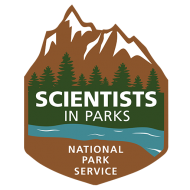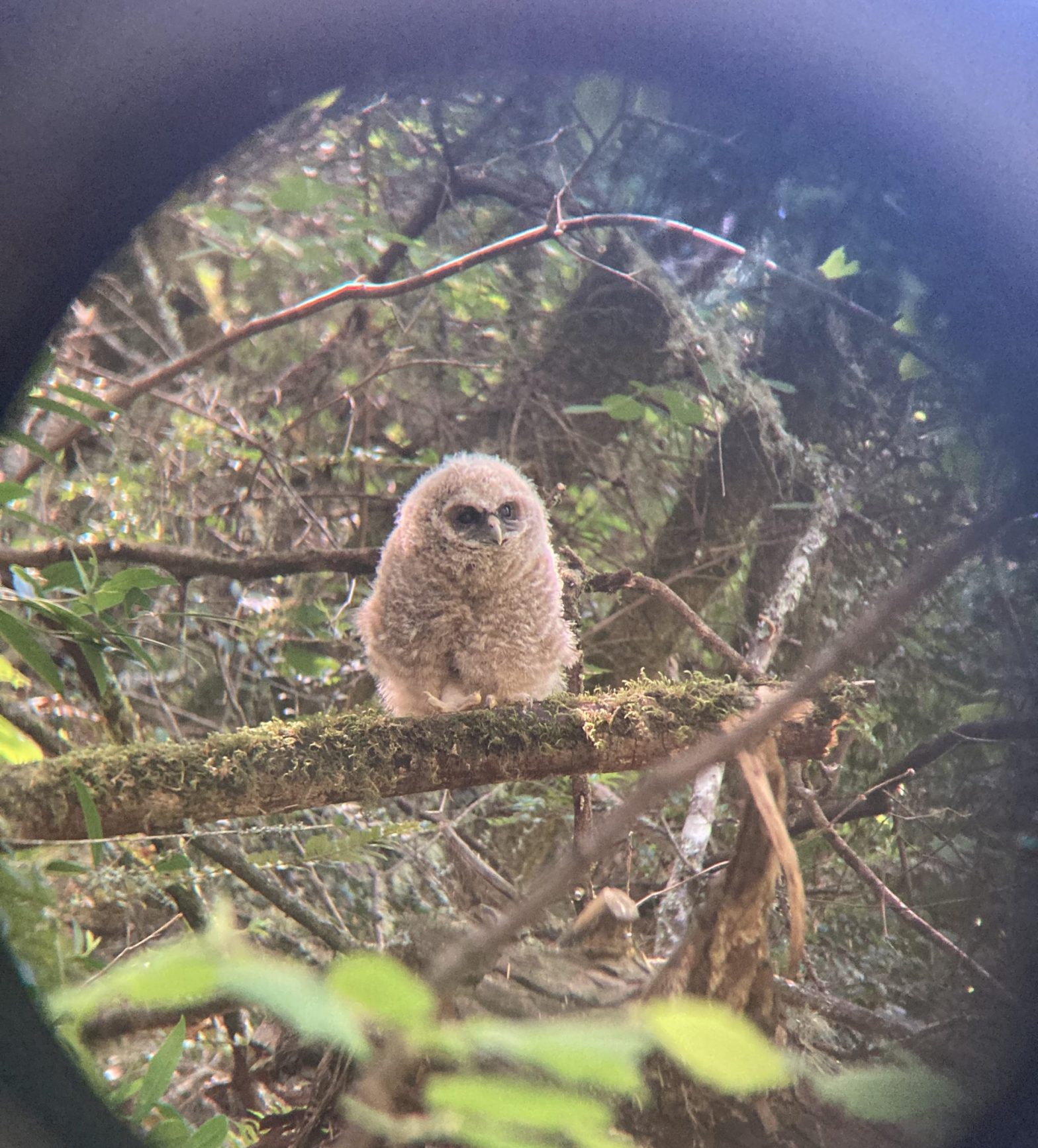Last week I was out on a bank swallow survey looking for active nests with folks from San Francisco city planning. As we talked about a project and the swallows, my recent spotted owl encounter became a topic of interest. Bill, my mentor, was joking about a video I posted of an owl flying only a couple of feet away from Rachel, my other mentor.

As we continued to laugh about it, one of the city planners looked over and asked, “what kind of owl were you surveying?”
“Northern spotted owl,” I replied.
He raised his eyebrows, “I remember when spotted owl work was contentious.” He continued, “I couldn’t tell anyone what kind of work I was doing, it could have gotten you kicked out of places back then.”
He was right, the history of protecting spotted owls was a long and drawn-out process. The protection of these owls began as early as 1918 when they were included in the Migratory Bird Treaty (US and Great Britain). Fast forward to the early 1970s and through the late 1990s uprisings from opposing interest groups boiled over. On the ground, environmentalists clashed with timber workers, they often chained themselves and blocked roads to prevent habitat destruction. Finally, in 1990, the owls were considered federally threatened.
As I reflect back on the history of spotted owl protection and research, I feel proud to continue this work. Owl surveying isn’t as graceful as it may seem to be. I usually wake up before most of my housemates and arrive at the sites around 7:00 Am. Most owl sites aren’t near main trails and require us to climb up steep slopes and thick understory. I can’t tell you how many times I have checked myself for ticks every time I feel an itch. Once you get to the nesting area you just stand there and stare at the trees until you spot an owl. Many times we are able to play audio to pinpoint their location but often times it takes a good eye to see them. Once we have located them we take some GPS data, age estimates, number of offspring, and other success indicators. Despite the poison oak, thorns, uneven ground, and occasional tick it is well worth the effort. The conversation I had with the city planner will always remind me that this work wasn’t always easy and that the owls still need our help.
Sources:
https://archive.seattletimes.com/archive/?date=20000806&slug=4035697

